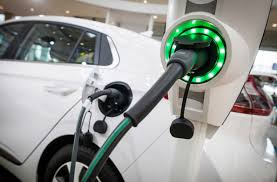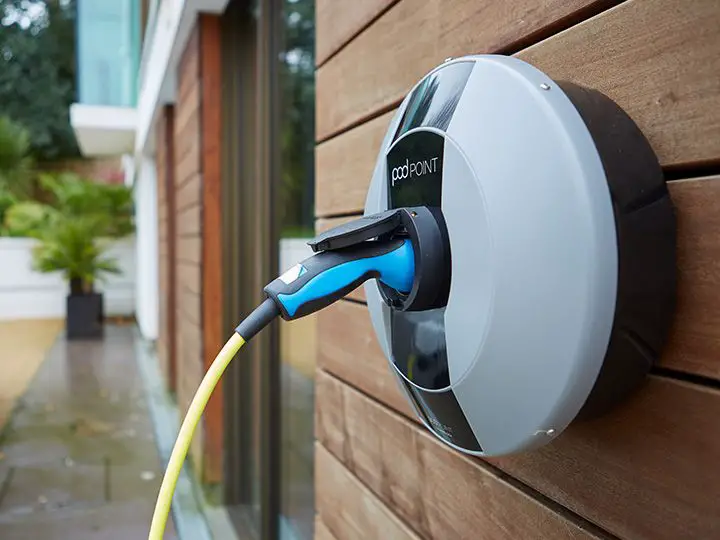More effort is needed to decarbonize transportation.
Decarbonizing energy is in the right direction, but transport, which is the second-largest global source of greenhouse emission, is a different situation. In 2019, emissions from transport increased by less than 0.5%.


Decarbonizing energy is in the right direction, but transport, which is the second-largest global source of greenhouse emission, is a different situation. In 2019, emissions from transport increased by less than 0.5%. This improvement is compared with 1.9% annual growth since 2000; vehicles still reliable for about 24% of direct carbon dioxide emissions from fuel combustion. If the global temperature continues to rise below 1.5 degrees Celsius, the time to make green transport the norm is now.
Adopting electric cars and new battery technologies is encouraging for clean transport. However, electrification can not work alone to ensure we have decarbonization or zero-emissions altogether. There is a need to look into the fuels that are used. An estimation of one-third of greenhouse gas comes from transport. It includes ships, airplanes, and heavy trucks; a significant percentage is from passenger vehicles. The number of passenger vehicles is growing globally; by 2040, the number of cars will double to two billion.
Electrification certainly will be part of the solution, especially if the electricity that powers transportation comes from renewable sources such as wind and solar plants. There are limits, though. The speed of adopting electric cars does not entirely depend on consumers and businesses choosing to switch to electric vehicles and the availability of materials for batteries and other components. The longer the non-electric cars come to the market, the longer it will take to have EVs on the roads fully. For example, a best-case scenario is that half of the cars sold by 2030 would be fully electric.
Globally Transitioning to zero-carbon transport is essential to achieving the SDGs and keep climate change in check. The zero-carbon vehicle can also improve the quality of life while also promoting healthy economies globally. For example, when transitioning from fossil fuels to electric mobility could create new jobs and economic opportunities, mostly if supported by a strong partnership between the transport and energy sectors.
Advancements in technology have also helped decrease emissions over the years by increasing the efficacy of combustion engines. But there's a limit to these improvements, a cap on innovation. By 2030, combustion engines will be as efficient as they'll ever be. It means by 2050, 50% of the passengers' cars on the road and 70% of heavy-duty tracks might still be combustion because of the slow rate of EV adoption, but the automotive is working so hard to see this myth of slow EV rate is demystified.
Perhaps it's time we start thinking of e-fuels; the e-fuels can be biofuels. E-fuels are promising because of the growing proliferation of renewable energies. Renewable energy is a key to the entire process because it enables so many things to happen, such as the production of "green" hydrogen.
E-fuels also will help decarbonize other aspects of transportation. For example, there's no feasible way to electrify airplanes soon, so the only way is to make such travels greener is by using low-carbon fuels. E-fuels will also help reduce the carbon footprint of heavy trucking, challenging to electrify fully because of the big batteries' size and storage capacity for more extensive and more powerful engines. Hydrogen can be converted into ammonia, a carbon-free fuel, but ammonia itself is a problematic substance to handle and store, limiting its adoption.
E-fuels are a significant next step for decarbonizing transportation, and some near-future developments will refine the technologies even more. Mobile carbon capture, for use in heavy trucking applications, is in the very early stages of development right now but could be a game-changer. The production of hydrogen right now requires freshwater, but if it could be done with saltwater, production would be exponentially more comfortable. Processes for removing CO2 from the atmosphere are in the nascent stage, and once developed, they could provide the carbon for hydrogen e-fuel production and decarbonize the atmosphere.
Transportation is a major stakeholder to greenhouse gases and needs to make an immediate change. But as electric cars' adoption is slow and combustion engine technology has been made as efficient as it likely will get, we need additional solutions to meet global climate change targets. E-fuels can fill the gap and continue evolving in the future, getting us on the path to genuinely carbon-free transportation.
The major problem is that transport is a more challenging sector to control emission than that of energy. It is highly decentralized with a wide range of shareholders from different transport modes such as rail, road, air, and maritime. Also, human behavior plays a larger role in demand patterns and is more challenging to manage proactively. Technological innovation in transport has not been majorly oriented to decarbonization but rather to greater consumer convenience, such as shared riding, with unclear carbon emissions.
Decarbonizing the sector with renewables will only be possible with ambitious policies that address all of these areas and take an integrated look at the more comprehensive energy system's implications. It needs to match with energy policies that help the rapid expansion of renewable electricity generation and develop business cases that show the benefits of focusing on renewable energy and related powertrains.
There are differences in starting points and challenges; policies and measures will vary between countries and urban and non-urban settings. Therefore, to achieve decarbonization, communities need to support the government. Such as:
- State a national long-term road map for energy and transport system decarbonization.
- Strengthen collaboration between the energy and transport sectors and ensure multi-level governance to implement renewable energy solutions.
- Make policy instruments for implementing the energy-transport road map effectively.
- Improve the knowledge, dialogue, and awareness between renewable energy and transport communities.
- Develop tools for assessing context-specific challenges and solutions.




